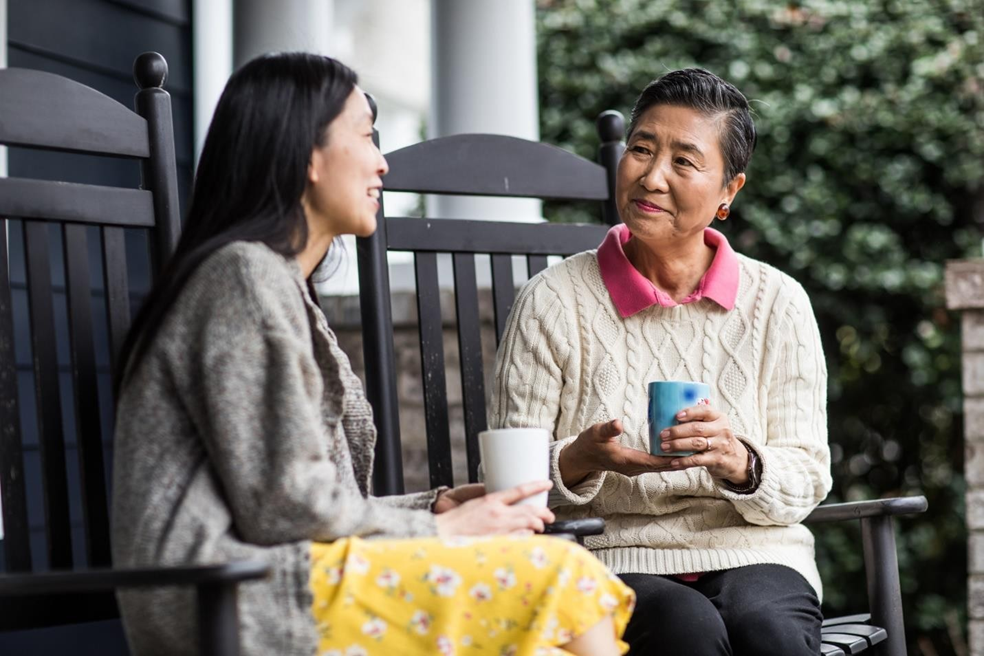A nurse in an emergency department is caring for a client who is unconscious and requires surgery. There is no one available to give consent for the treatment. Which of the following actions should the nurse take?
Prepare the client for surgery.
Contact the facility's ethics committee for guidance.
Keep the client stable until a family member arrives to give consent.
Obtain consent from the surgeon.
None
None
The Correct Answer is A
A. In emergency situations where the client is unconscious and requires immediate life-saving surgery, implied consent is assumed. The nurse should prepare the client for surgery without waiting for family members or a formal consent process. Delaying treatment could jeopardize the client's life.
B. Contacting the ethics committee could delay the urgent care needed in an emergency situation. Immediate action should be taken in the best interest of the client.
C. Waiting for a family member to arrive could delay critical care, which may lead to worsening of the client's condition or even death.
D. The surgeon does not need to provide consent. It is the healthcare team's responsibility to act in the client's best interest when the client is unable to provide consent in an emergency.
Nursing Test Bank
Naxlex Comprehensive Predictor Exams
Related Questions
Correct Answer is C
Explanation
A. Use an 18-gauge, 1-inch needle to administer the medication:
This is incorrect because an 18-gauge needle is too large and not appropriate for subcutaneous injections like heparin. A smaller gauge needle, such as 25- to 27-gauge, and a shorter length (⅜ to ⅝ inch) is recommended for subcutaneous injections.
B. Massage the injection site after withdrawing the needle:
This is incorrect because massaging the injection site after administering heparin can increase the risk of bruising and hematoma formation. Heparin is an anticoagulant, and gentle handling of the injection site is crucial.
C. Inject 5.1 cm (2 in) away from the umbilicus:
This is correct. Heparin is administered subcutaneously, typically in the abdomen, avoiding areas near the umbilicus or scars. Injecting at least 2 inches away from the umbilicus ensures the medication is delivered to appropriate subcutaneous tissue and minimizes complications.
D. Expel air bubble before injecting medication:
This is incorrect because the air bubble in prefilled heparin syringes should not be expelled. The air bubble helps ensure the full dose is administered and reduces the risk of medication leakage.
Correct Answer is C
Explanation
A. Expressing a desire for independence indicates the client may not have fully adapted to relying on others yet.
B. Reluctance to ask for help suggests the client is still adjusting and may not have fully embraced the new living arrangement.
C. Expressing enjoyment or appreciation for others cooking for them indicates acceptance of assistance and adaptation to the new living situation.
D. Expressing uncertainty about daily activities suggests a lack of adjustment to the new environment and situation.

Whether you are a student looking to ace your exams or a practicing nurse seeking to enhance your expertise , our nursing education contents will empower you with the confidence and competence to make a difference in the lives of patients and become a respected leader in the healthcare field.
Visit Naxlex, invest in your future and unlock endless possibilities with our unparalleled nursing education contents today
Report Wrong Answer on the Current Question
Do you disagree with the answer? If yes, what is your expected answer? Explain.
Kindly be descriptive with the issue you are facing.
